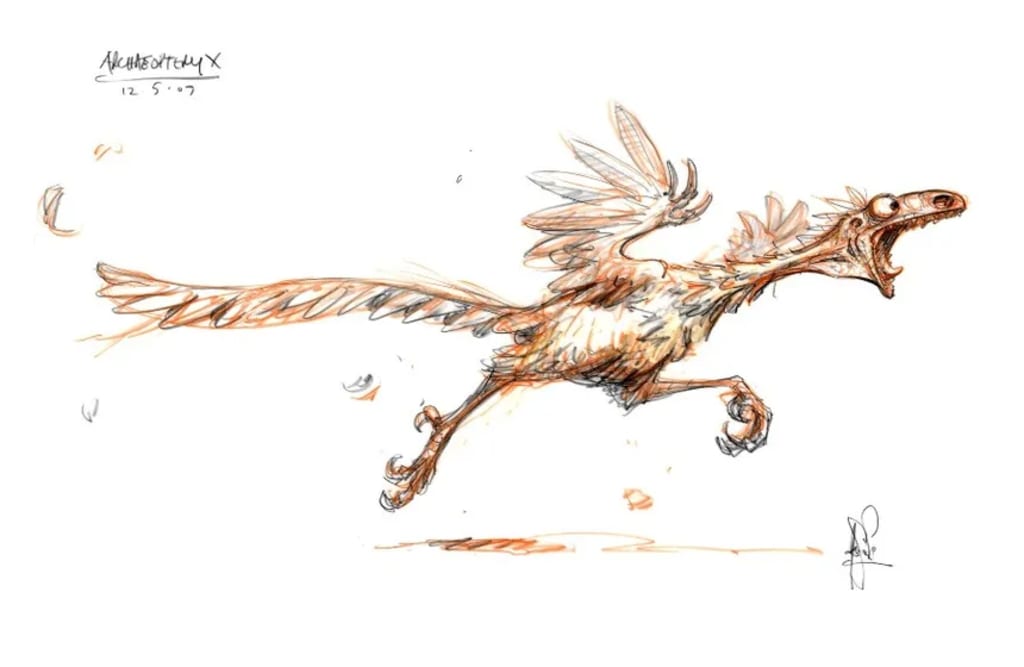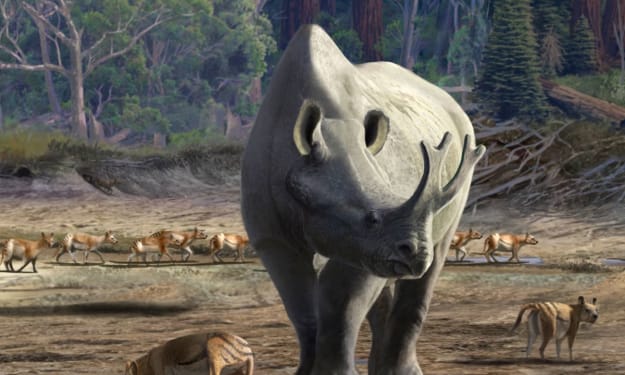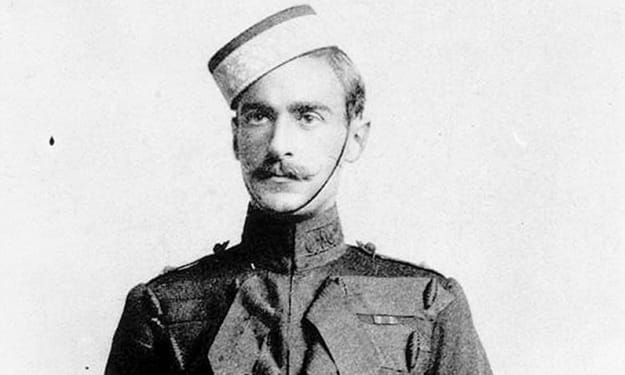Unveiling Archaeopteryx: A Glimpse into Avian Evolution
The Discovery of Archaeopteryx, Anatomy and Features

Introduction
In the realm of paleontology, few discoveries have captured the imagination of both scientists and the public like Archaeopteryx. This fascinating creature, often dubbed the "first bird," represents a pivotal moment in the evolutionary timeline, offering a glimpse into the transition from dinosaurs to modern birds. In this blog, we will delve into the intriguing world of Archaeopteryx, exploring its anatomy, evolutionary significance, and the controversy surrounding its classification.
The Discovery of Archaeopteryx
The story of Archaeopteryx begins in the late 19th century in Germany. In 1861, a limestone quarry near the village of Solnhofen revealed an exceptional fossil that would later become one of the most famous specimens in paleontological history. The fossil exhibited a unique combination of avian and reptilian features, puzzling the scientific community and sparking intense debates about its evolutionary significance.
Anatomy and Features
Avian Features
Archaeopteryx possessed numerous bird-like characteristics, including:
Feathers: Well-preserved fossilized feathers found in Archaeopteryx provided early evidence of the existence of flight feathers, resembling those of modern birds. This discovery cemented its place as a bird in the evolutionary tree.
Wings: Archaeopteryx had well-developed wings, indicating that it could glide or fly, albeit likely in a more primitive manner compared to modern birds.
Skeletal Structure: The structure of its skeleton, particularly the limbs and shoulder girdle, exhibited bird-like traits, including a furcula (wishbone), a unique feature seen in avian species.
Reptilian Features
On the other hand, Archaeopteryx displayed some distinctly reptilian traits, such as:
Teeth: Unlike modern birds, Archaeopteryx had teeth, a characteristic more akin to reptiles. These teeth were found in its jaws, indicating its carnivorous diet.
Tail: It had a long, bony tail, which is significantly different from the shorter tails of modern birds. This tail structure was more reptilian in nature.
Evolutionary Significance
Archaeopteryx is often considered a transitional form between non-avian dinosaurs and modern birds. Its fossilized remains provide crucial insights into the evolutionary process, highlighting the gradual shift from reptiles to birds. This transitional nature is seen in the combination of avian and reptilian features present in Archaeopteryx.
The presence of feathers and flight-related features signifies the early stages of bird evolution, showcasing the adaptive advantages that facilitated aerial locomotion. This evolutionary shift eventually led to the diverse array of bird species we observe today, each finely adapted to their unique ecological niches.
Controversies and Debates
Archaeopteryx's classification and evolutionary significance have long been subjects of debate within the scientific community. Some researchers argue that Archaeopteryx is a direct ancestor of modern birds, while others believe it represents a side branch of avian evolution.
Additionally, there are debates about whether Archaeopteryx was primarily arboreal (tree-dwelling) or terrestrial, and whether its flight capabilities were fully developed or more limited. These ongoing discussions fuel the excitement of discovery and drive further research to unravel the complexities of avian evolution.
Conclusion
Archaeopteryx stands as an iconic example of a transitional species, illuminating the evolutionary journey from dinosaurs to birds. Its unique blend of avian and reptilian features has shaped our understanding of the deep-rooted connections between these ancient creatures. As the field of paleontology continues to advance, new discoveries and advancements in technology promise to provide even deeper insights into the story of Archaeopteryx and the mesmerizing tapestry of Earth's evolutionary history.
About the Creator
Enjoyed the story? Support the Creator.
Subscribe for free to receive all their stories in your feed. You could also pledge your support or give them a one-off tip, letting them know you appreciate their work.






Comments
There are no comments for this story
Be the first to respond and start the conversation.